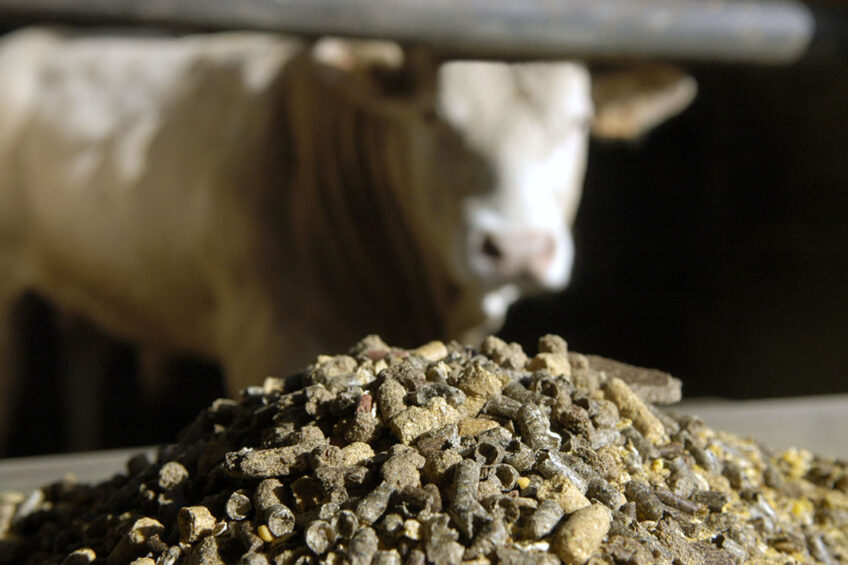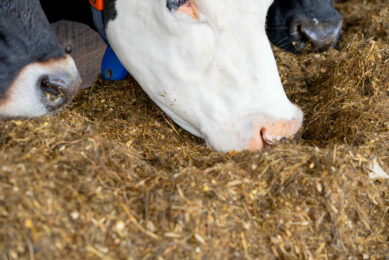2018 weather: More demand for cattle feed

Due to adverse weather conditions in 2018, the compound feed demand for cattle in the European Union increased last year.
This is according to the latest figures from FEFAC, the European Feed Manufacturers’ Federation. Every year, this organisation releases the industrial (compound) feed production per European country.
3.8% higher demand for cattle feed
The total industrial compound feed production for farmed animals in the EU-28 in 2018 reached an estimated level of 163.3 million tonnes. This is 1.8% higher than in 2017. With regards to cattle feed, 2018 results were affected by adverse weather conditions. There were exceptional drought and heat waves, in particular during late spring/summer in North-Western Europe, which severely impacted forage production. This led to a significant but not dramatic increase in the compound feed demand in certain regions, as the effect became more visible at the end of winter 2019 when forage stocks reached their lowest point. Farmers in certain countries have also reverted to early culling of cows, which, together with heat stress, lowered milk production but also the feed demand. All in all, the demand for cattle feed in 2018 was 3.8% higher than in 2017.
Poland – best performer again
For the 5th year in a row, Poland was the best performing country, with annual growth of total compound feed production of +5.5%, boosted equally by the demand for poultry, pig and dairy feed. Among the largest compound feed producing countries, France and Italy maintained their production of compound feed, whereas the Netherlands and Germany recorded a drop of around -0.5%/-1.8%. Spain increased its production by 1.8%, while the UK saw an increase by almost 4%. Germany maintained its position as leading EU country in terms of total compound feed production, just ahead of Spain followed by France. For cattle feed, the volumes were increased for most of the countries compared to 2017.
Market outlook for 2019: decrease in cattle feed
FEFAC market experts provide a cautious 2019 market forecast. Although an increase in cattle feed production could still be seen during the first months of 2019, the demand has been at a rather high level for the last 3 years, boosted by the abolishment of dairy quotas and difficult weather conditions that triggered a higher demand for efficient commercial feed. With the present restrictions on phosphorous emissions in certain countries and assuming normal forage growing conditions this year, the demand for cattle feed could, therefore, decrease by 2%. Overall, this would lead to a moderate 0.9% decrease in the total compound feed production in 2019 vs. 2018.
Source: FEFAC
From 2016 on, FEFAC no longer includes dry petfood production in its statistics, considering that a large part of the production was missing in national statistics. The EU-28 countries are without Greece, Malta and Luxembourg.
Join 13,000+ subscribers
Subscribe to our newsletter to stay updated about all the need-to-know content in the dairy sector, two times a week.












